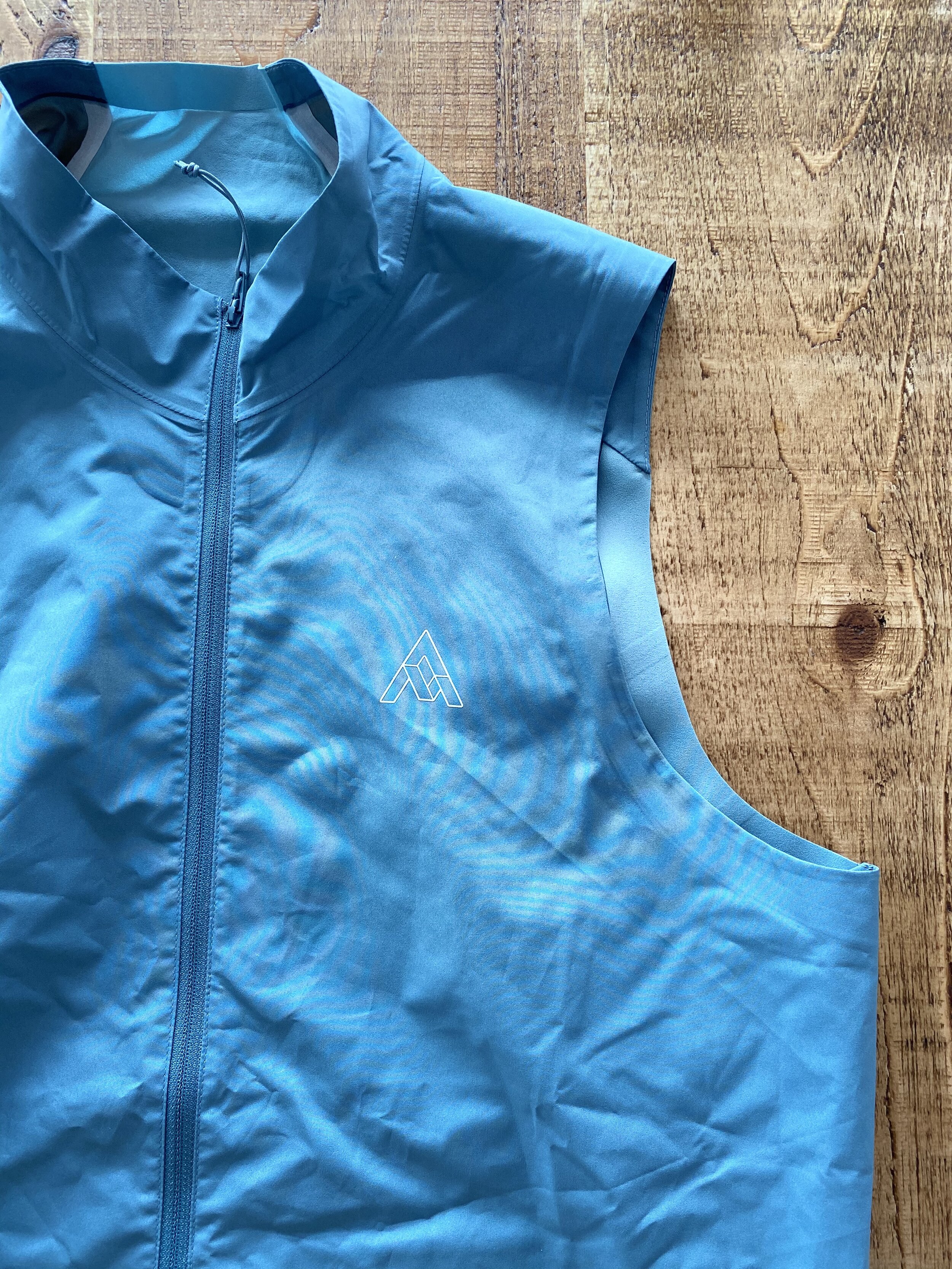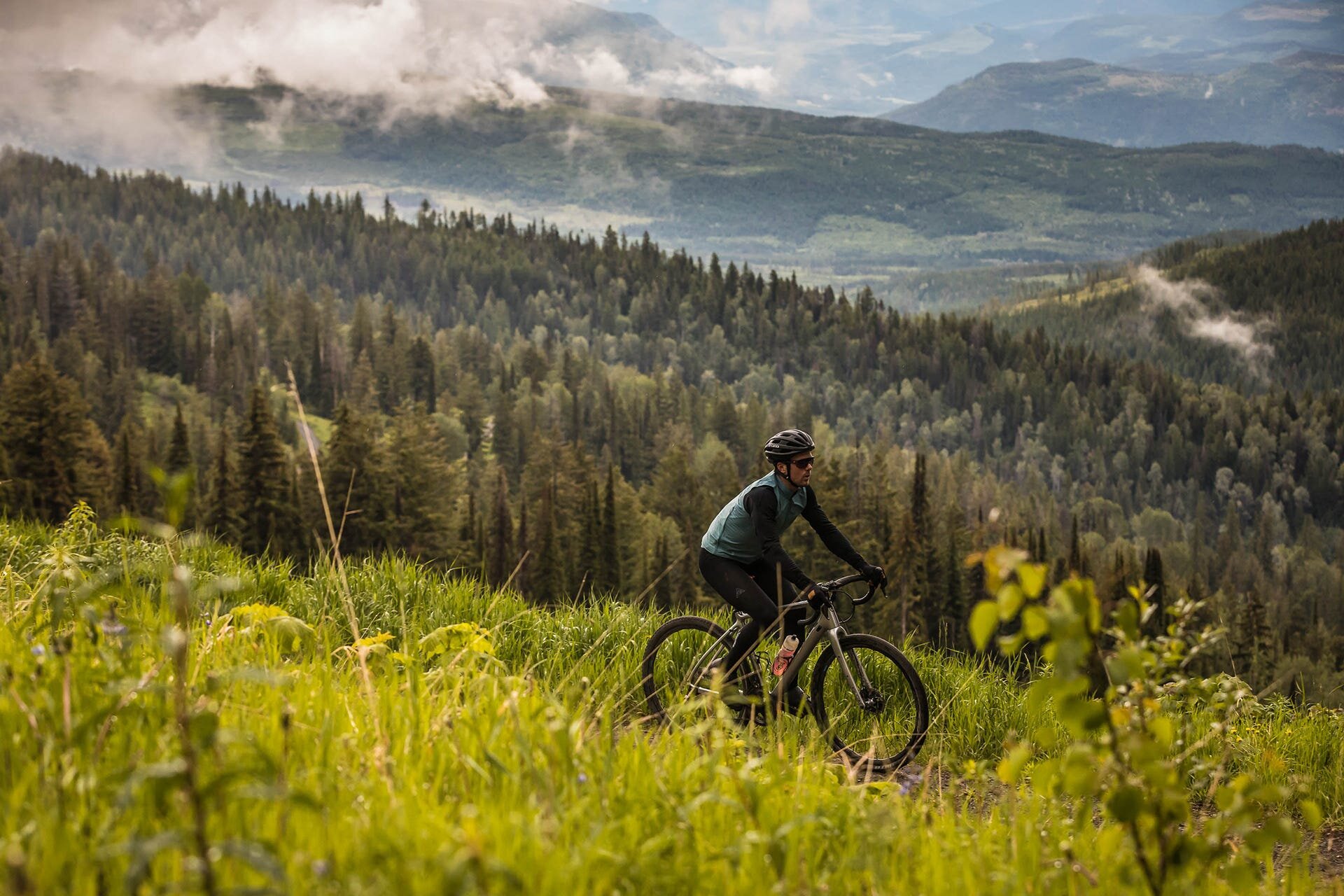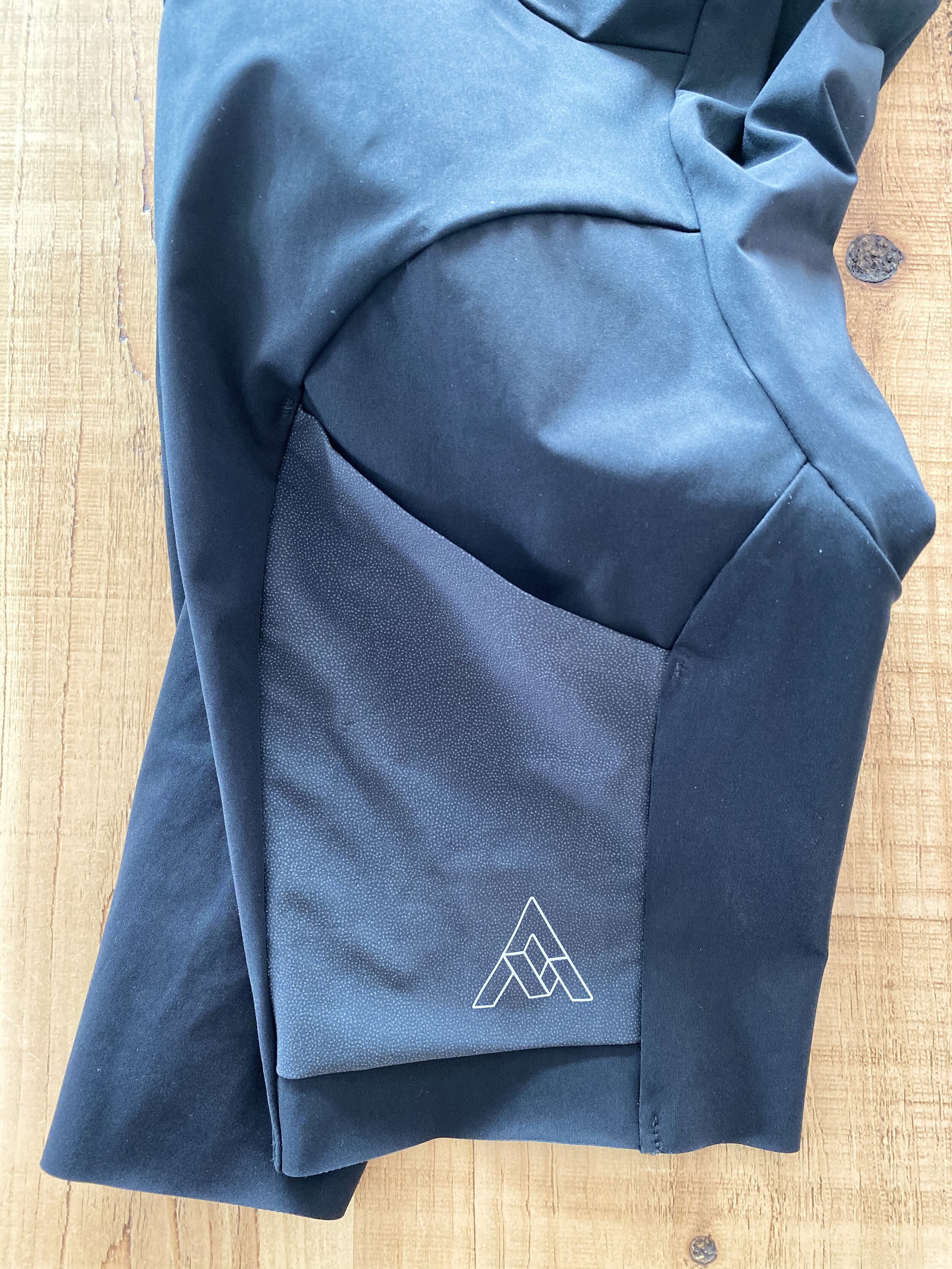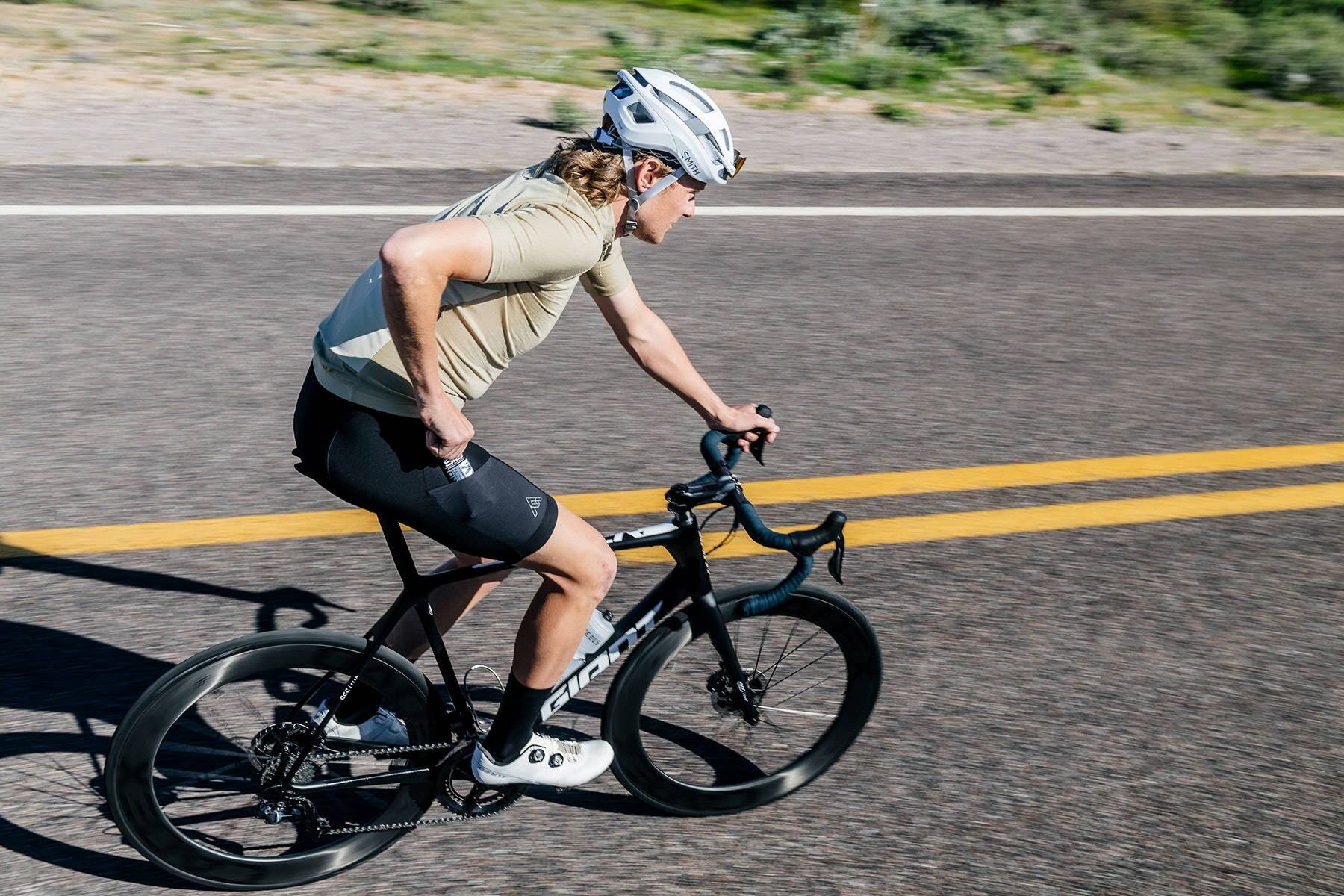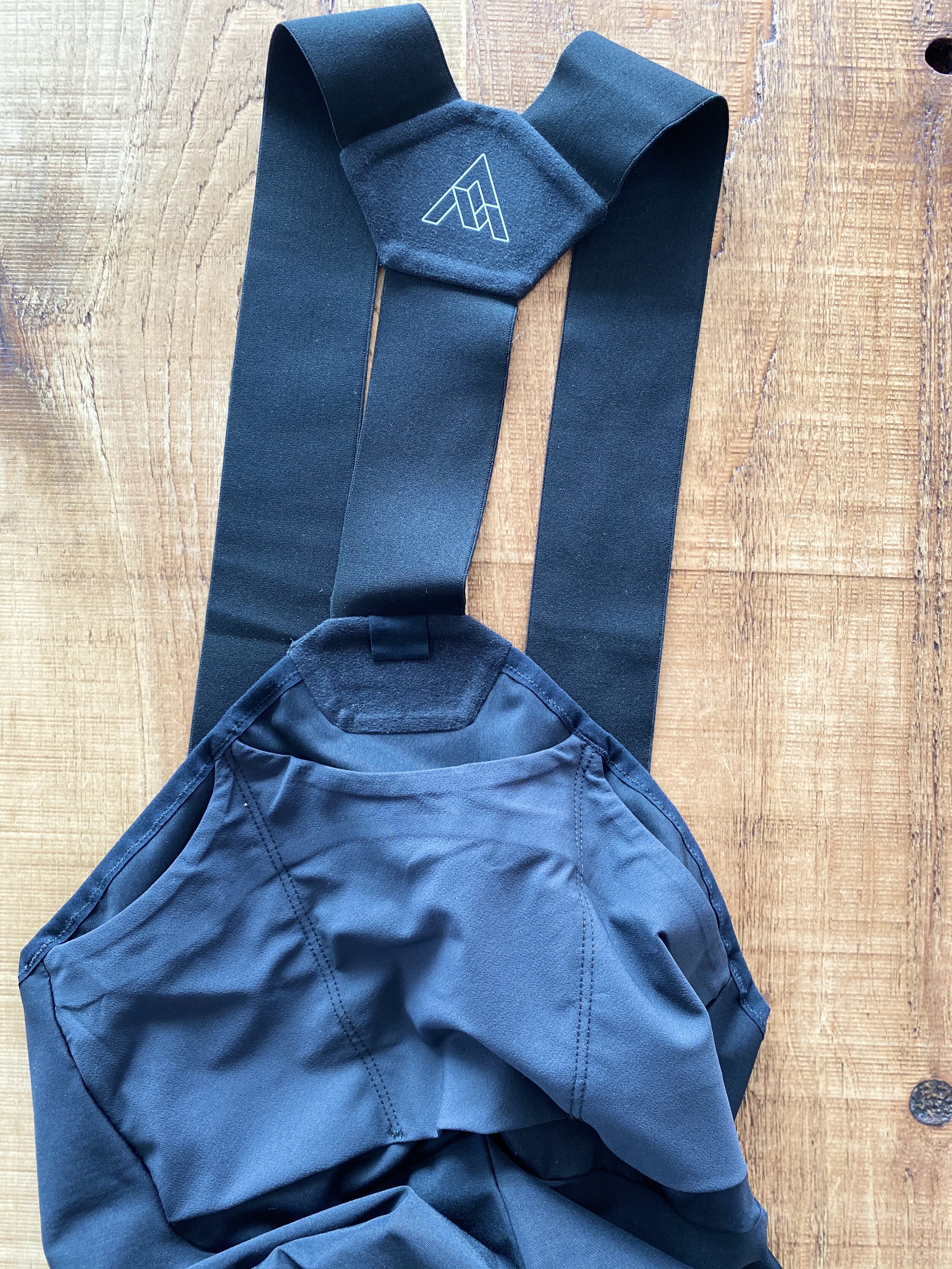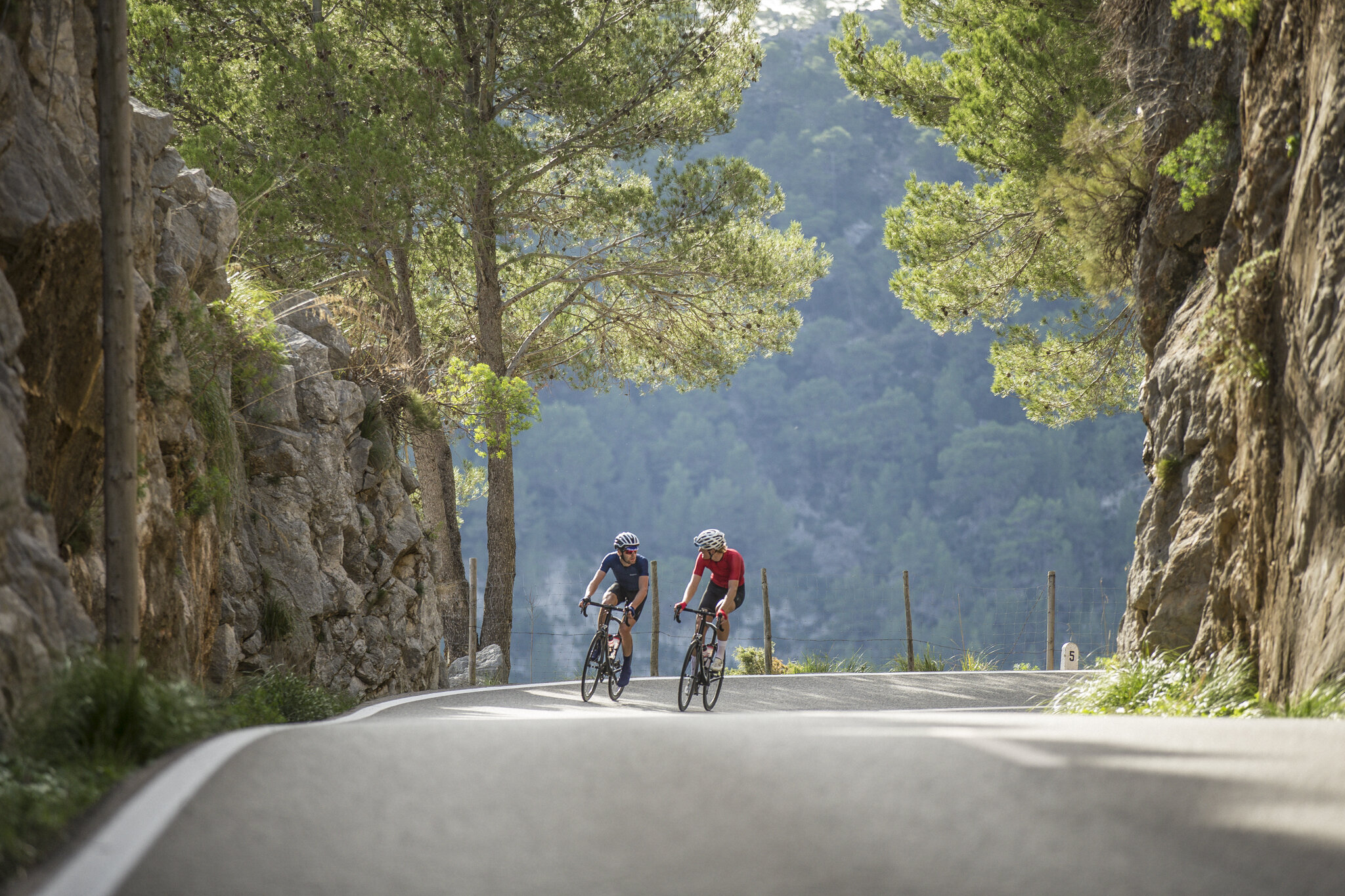The best bike packing kit of 2020
Is all of this just road kit with more pockets? Maybe. But just think where those extras might take you.
Three years after they first were raced, prototyped and developed to death, cargo bibs were introduced to cycling. They were marketed to explore-types and gravel grinders, but universally appealing to anyone who ever wanted something closer-at-hand during a ride - something purpose-built for multi-day efforts.
“The reaction was pretty mixed when they first launched,” recalls Rapha designer Thomas Perren, one of the minds behind the cargos. “Lots of people thought they were strange, but two years later, now they understand what we were trying to do.”
While not a market-first when released, they were certainly a first in the way cargo bibs are conceived today, and though hardly essential, endurance (or gravel kit) has since become a mainstay in the world of cycling kit, iterated in many forms by many kit cos. Morphing from simple banana transport to comical necessity, so much can be stuffed, ground and accomplished in “bike pack” and “gravel” kit; as a genre, it has become undeniably utilitarian and handsome looking, too.
If you’re in the market, what follows are 5 of the best “endurance” releases we’ve ridden in so far in 2020 - feature-rich designs soon to become a mainstays (we think) in much of cycling kit going forward.
Castelli’s Unlimited Bibshorts and Jersey
If you’re still reading and wondering WTF is bike packing kit, you’re not alone. I spent the better part of two years mocking the need for different kit for rougher roads or harder rides only to be recently converted. By and large, “explore/gravel/endurance” kit mimics that of road though there are subtle differences, both in engineered durability and aesthetic.
“We approached our gravel collection as we would with any product: by trying to identify how the needs are different for a particular use,” explains Steve Chapin from Castelli on the challenges of conceiving unique-looking and feeling kit in a slightly-different-than-road cycling segment. “There is a good bit of overlap between the needs of a road cyclist and gravel cyclist: similar performance characteristics, comfort and breathability - everything still holds.”
Despite its challenges, chapeau to Castelli - they didn’t miss a beat with their “Unlimited” issue this summer, picking up on the subtleties - marketing included - required to execute inspiring clothing that just happens to have “gravel” written on the tag. Both the bibs and jersey in the Unlimited releases feature reinforced fabric and added pockets, are beautifully understated in muted colours and can withstand “ride, shower-with-kit, ride, repeat” use cycles, which they were subjected to for the writing of this article.
Two mesh rear pockets on the bibs are perfect for tubes, food and tools, while Castelli has stitched up the side pockets just so to ensure everything stays in its right place on the must-have cargos. Laser-cut sleeves and bibshort edges are considered and well-executed finishing touches. (Also digging the VG 5 short and tech polo for après ride meals.)
Utility bibs and Gravel Jersey: Isadore
Extra-long, mildly compressive sleeves and zippered pockets add a little bit of differentiation to Isadore’s gravel jersey. Being able to secure essentials: definitely a nice touch on rough roads.
Isadore kit is so consistently well-executed that it has become rather predictable for its high quality. You’ll find no difference with the Gravel Jersey in Rio Red (pictured). The Merino slim-cut jersey breathes panache - the red is electric, the fit, trim and the comfort perfect for when in the saddle pedalling. Across temperatures, the jersey excels: wear it open with the snap sternum strap to let some air in or zipped up when the weather turns. The three zippered pockets are good open, used traditionally, and perfect zipped up when the road gets gritty or the weather gets wet.
For this article, we also had the chance to ride in Isadore’s Utility bibs - their extra-long-day ride-as-hard-as-you-want shorts adaptable across a range of temperatures. While they might lack the requisite cargo for which inclusion in this article should be required, their compression, durability, fabric (made with Schoeller) and use of an innovative, TMF Cycling pad, which eliminates pressure from a rider’s sensitive bits, make these something exceptional - which in the world of kit - is tough to pull off. Designed by ex-pro Martin Velits for the hardest rides. Well done, sir.
Rapha’s Cargo Bibshorts
The above image is not me wandering the Swiss countryside spec’d head to toe in resplendent Rapha kit, but we’d be remiss, when writing about growth in gravel to not make specific mention of the bibshorts that solidified its emergence.
Gravel-specific clothing might have been a thing prior to the 2018 release of the Rapha cargos, but it definitively was afterwards. Every bit as comfortable as their classic bibs and borrowing a bit of the enhanced fit from their other, racier collections, these feature mesh bibs with cargo pockets on the sides and a stiff elastic up top, capable of carrying food, a phone and then some on your next epic securely. Ride with your jersey empty by stuffing the rest of your ride essentials in the two lower-back mesh pockets. If you’re prone to riding in t-shirts or button down shirt sleeves, these are the bibs for you. As technical and performance driven as they are stylish. Fast-drying in hotel rooms, too.
Cascada Mountain Shirt
Though we weren’t able to get a sample of this shirt prior to writing, the snaps, material and buffalo check pattern in Old Gold has made this shirt catch our eye more than once. Straight hem on the front and with a longer and rounded cut on the back to offer extra lower back coverage while pedalling.
Seven Mesh MK3 cargo bibs
I don’t know if these are technically gravel shorts, but who cares. At 214 grams, the new MK3 cargo bibs are one of the best and most functional for day-in, day-out use.
The high-density elastane weave is compressive without being tight and offer the kind of support you want on long, hard rides. Three stash pockets in the rear store food or tubes. A new performance chamois from industry titan Elastic Interface is pressure-free and seems to be getting more comfortable with each use. (You can read the full review of 7mesh’s kit here.)
Here’s to long rides, people. Whatever you’re wearing.












